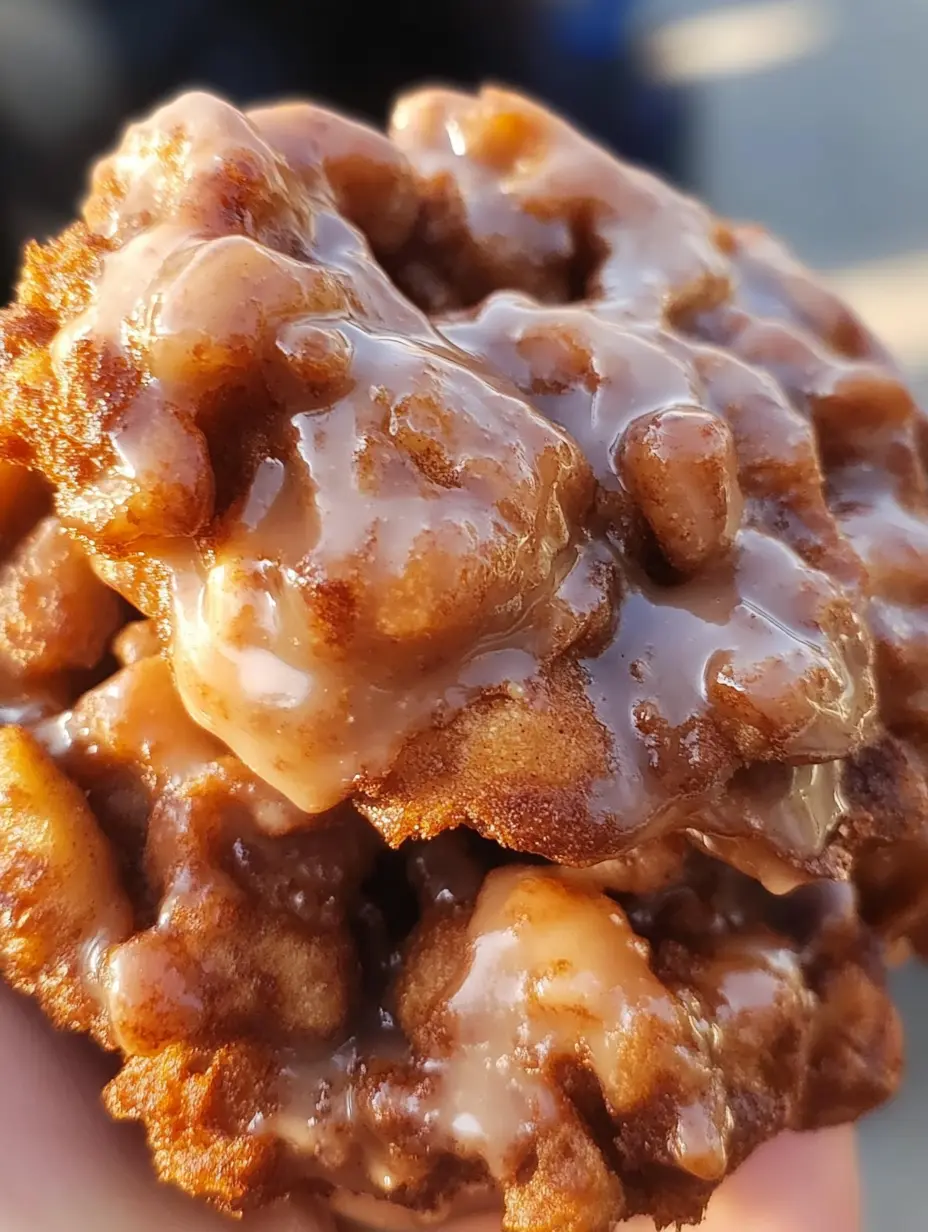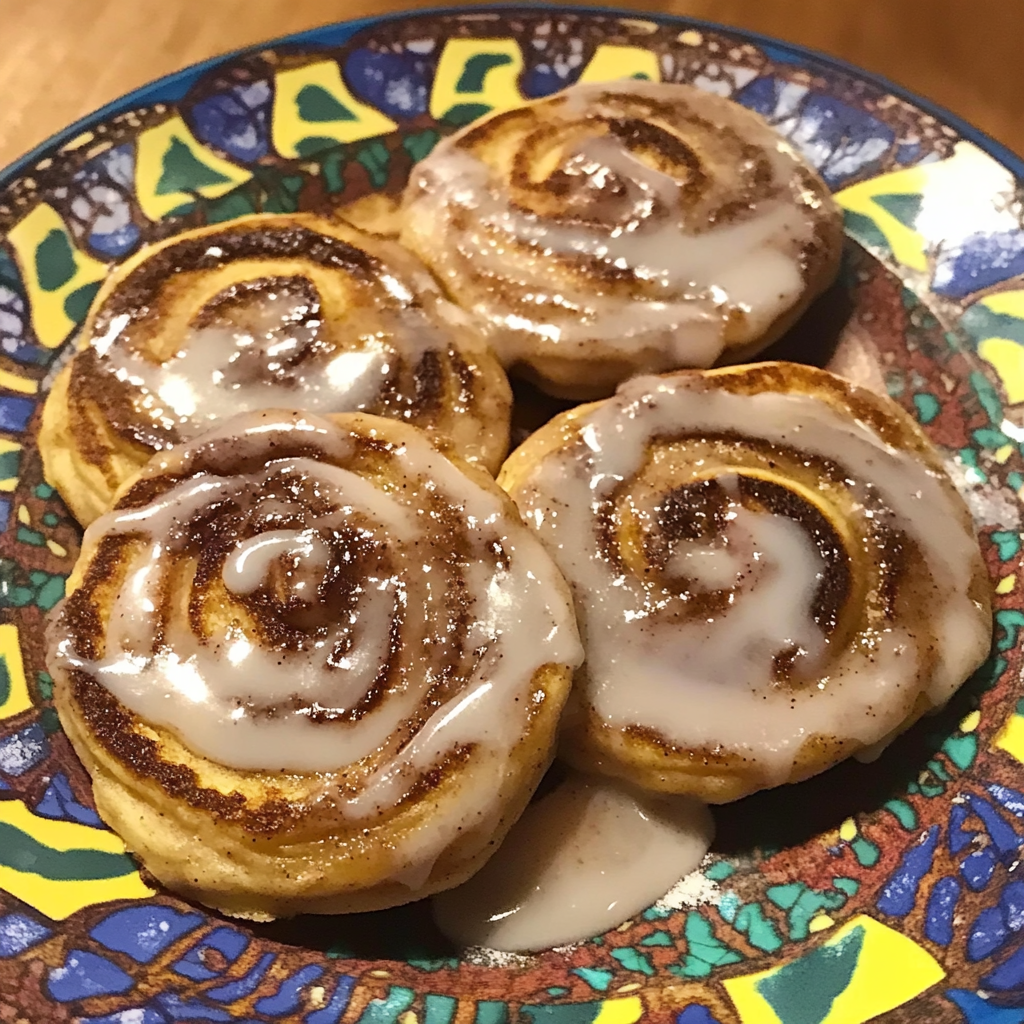This article explores how to make and feed a sourdough starter with potato flakes, how it differs from traditional starters, and why it creates such soft and fluffy bread. We’ll cover fermentation tips, bubbling issues, and the science behind those starch-rich flakes.
Table of Contents
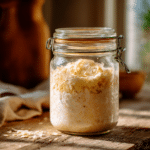
Sourdough Starter with Potato Flakes
- Total Time: 24 hours
- Yield: 1 active starter batch 1x
Description
A quick, low-maintenance sourdough starter using potato flakes for extra fluff and sweetness. Perfect for soft loaves and rolls.
Ingredients
1 cup warm water
3 tbsp instant potato flakes
2 tbsp sugar
1 tbsp active dry yeast
Instructions
1. Combine all ingredients in a clean jar.
2. Stir until fully mixed and let sit at room temperature for 24 hours.
3. Once bubbly, refrigerate until ready to use.
4. Feed weekly: discard half, then mix 1 cup water, 3 tbsp flakes, 2 tbsp sugar.
5. Let sit 4–6 hours before returning to fridge.
Notes
Keep jar loosely covered to allow airflow.
Starter stays freshest when fed weekly.
Best used in soft bread, rolls, or sweet doughs.
- Prep Time: 5 minutes
- Cook Time: 0 minutes
- Category: breakfast
- Method: fermentation
- Cuisine: American
Nutrition
- Serving Size: 1 tbsp
- Calories: 25
- Sugar: 2g
- Sodium: 10mg
- Fat: 0g
- Saturated Fat: 0g
- Unsaturated Fat: 0g
- Trans Fat: 0g
- Carbohydrates: 6g
- Fiber: 0g
- Protein: 0g
- Cholesterol: 0mg
Keywords: sourdough starter with potato flakes, sweet sourdough starter, potato flake bread
The Comfort Starter: Why I Switched to Potato Flakes
I never thought dried mashed potatoes would find a home in my sourdough life but they absolutely did. When Indiana’s weather swung cold and wild, my usual wild starter slowed to a crawl. That’s when I remembered my grandmother’s soft sandwich loaves, which she always said were “fed with potatoes.” I figured it was instant mashed potatoes. Turns out, she’d been using a potato flake starter all along.
Sourdough starter with potato flakes has a hint of sweetness, ferments more quickly, and stays active even when kitchen temps drop. I started experimenting, especially after success with discard recipes like sourdough crumpets and my beloved sourdough fry bread. The potato flake version didn’t just keep up it thrived.
There’s something deeply comforting about feeding a starter with warm water, sugar, and flakes. It bubbles eagerly and produces loaves with plush crumb and mild tang. Perfect for fluffy sandwich bread, cinnamon rolls, or even pancakes. And if you’re someone who’s struggled with sluggish starters, this method might be your answer.
In this guide, I’ll walk you through how to feed and maintain this style of starter, what makes it different from traditional ones, and how to troubleshoot bubbling issues. Whether you’re a beginner baker or sourdough veteran, this cozy shortcut has a lot to offer.
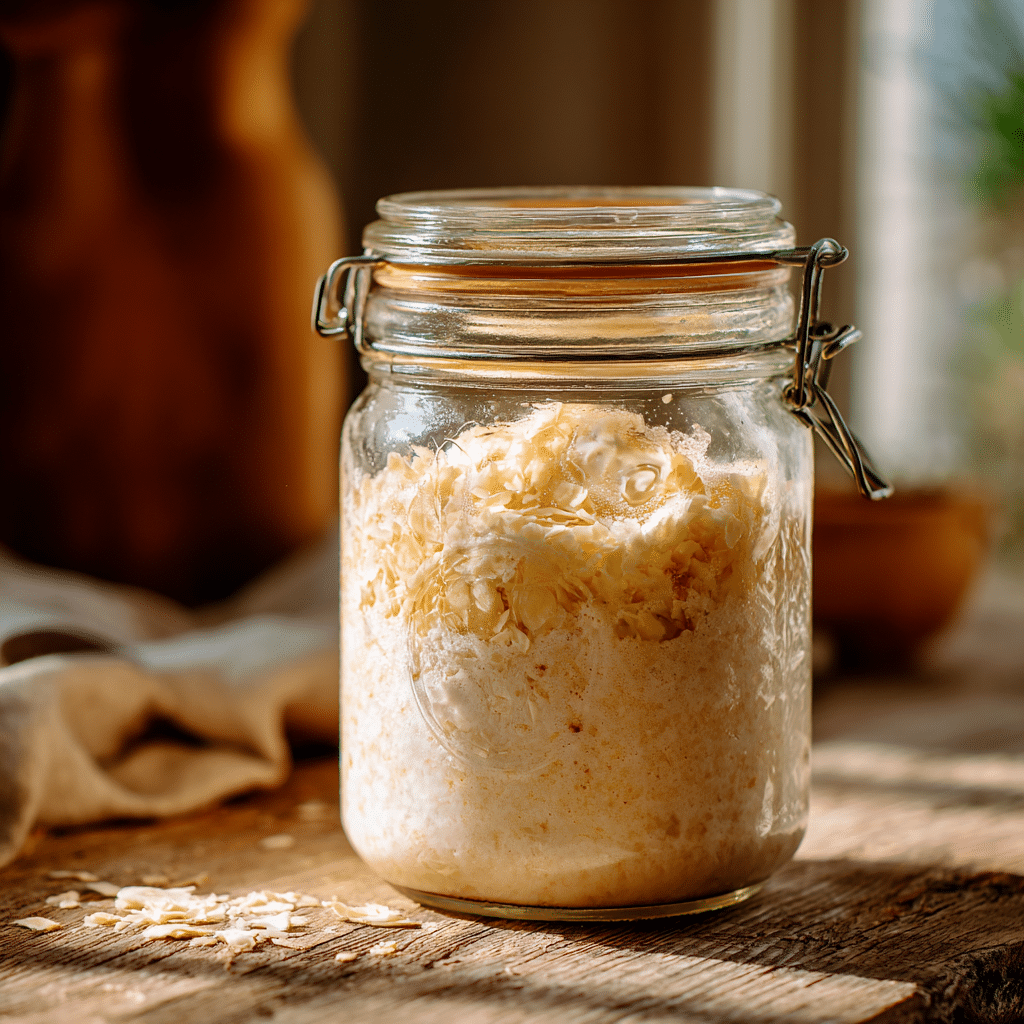
Feeding with Flakes: How to Make a Sourdough Starter with Potato Flakes
Creating a sourdough starter with potato flakes is surprisingly simple. It doesn’t rely on wild yeast from the air like traditional starters. Instead, this version uses commercial yeast, sugar, and potato flakes to create a bubbly, reliable base for bread. If you’ve ever made Amish friendship bread, the method might feel familiar.
To start, combine 1 cup warm water, 3 tablespoons potato flakes, 2 tablespoons sugar, and 1 tablespoon active dry yeast. Stir and let it sit at room temperature for 24 hours. By the next day, you should see light bubbling and a sweet, slightly tangy aroma. That’s your base.
Unlike traditional sourdough, this starter needs regular feeding with its original mix. Every 5–7 days, remove about half of the starter, then feed it with the same ratio of flakes, water, and sugar. Stir and leave it out for 4–6 hours, then refrigerate again. It’s low maintenance and responds quickly when brought back to room temp.
Because of the sugar and starch, this type of starter ferments more vigorously and produces soft, high-rising loaves. It’s especially good for soft sandwich bread or enriched doughs like cinnamon rolls. I’ve used it to add depth to recipes like my quick sourdough bread and even to test new ideas like cheddar sourdough biscuits.
One thing to watch for: if your starter stops bubbling, it could be due to low room temperature, skipped feedings, or old yeast. Try warming it slightly (near a warm oven or inside the microwave with the light on), and be sure your yeast is fresh. We’ll explore more bubbling issues and how to fix them in the next section.
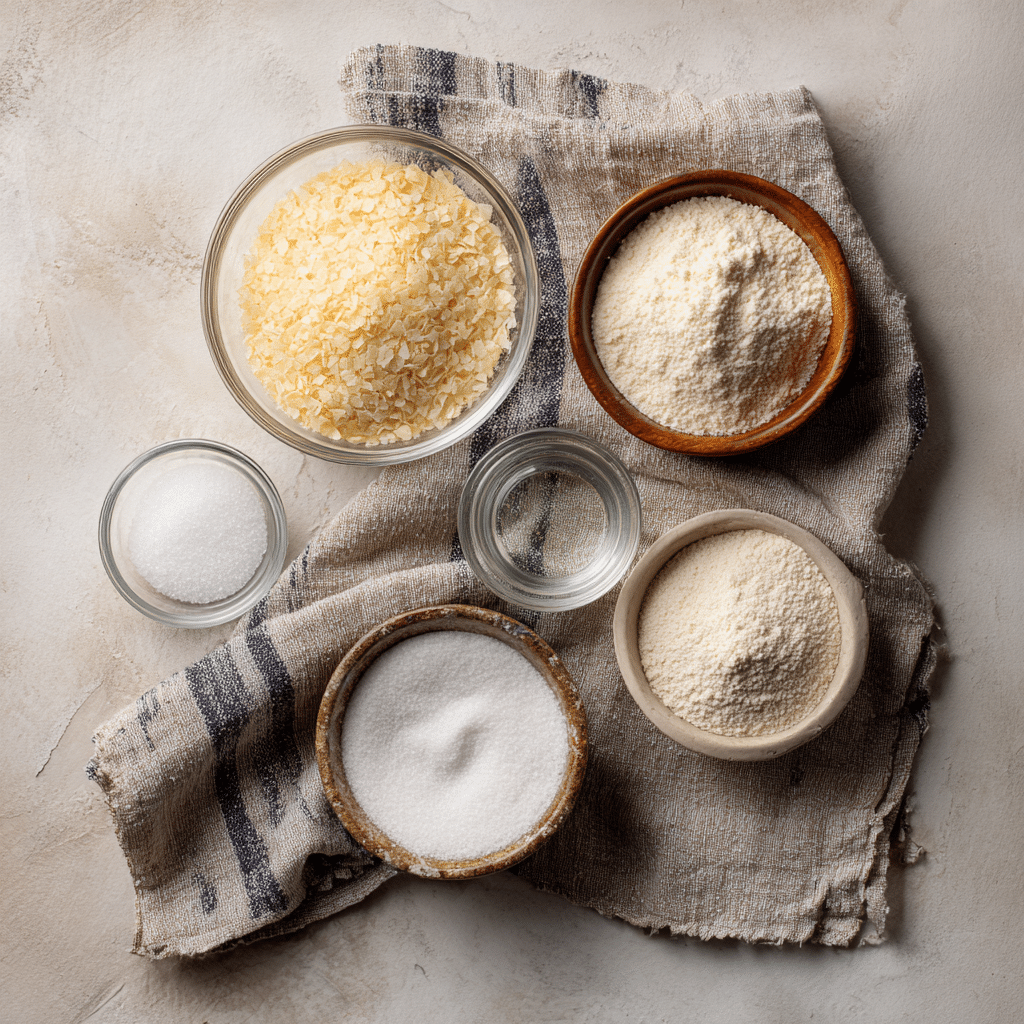
The Softest Rise: Flavor and Texture with a Potato Flake Starter
One of the biggest surprises when switching to a sourdough starter with potato flakes is the tender, springy texture it gives your bakes. Because potato starch holds onto moisture better than wheat flour, breads made with this starter come out fluffier and stay softer longer. That’s a big win if you love sandwich loaves that bend without tearing or cinnamon rolls that stay pillowy even after cooling.
The sugar in the feed gives this starter a slightly sweet undertone, which pairs beautifully with breakfast breads and sweet doughs. I especially love using it for enriched dough recipes like cinnamon sugar pull-apart bread just swap in the sweet filling and it works wonderfully in tender bakes like jalapeño cheddar biscuits, where you want a soft interior without losing height.
However, this style of starter isn’t perfect for everything. If you’re after a deeply sour flavor or an open, airy crumb like in artisan sourdough boules, this might not deliver the complexity you expect. The added sugar and fast fermentation make it more of a “sweet starter” and less of a wild-yeast flavor bomb. Still, it’s an excellent option for beginners or those wanting consistent results in soft loaves and buns.
A few common mistakes? Skipping feedings, using old yeast, or adding hot water (which can kill the yeast). Don’t forget to stir well before refrigerating and always leave some room in the jar it expands quickly!
Next, we’ll dive into FAQs about bubbling problems, feeding schedules, and how potato flake starter differs from other types. Let’s finish strong with Part 4 and some quick answers to your most common starter questions.
FAQs
If you’ve just started working with a sourdough starter using potato flakes, you might have a few questions especially if your jar isn’t bubbling or behaving like expected. Let’s clear that up with a few commonly asked questions.
View all
Can you feed sourdough starter with potato flakes?
Yes! This method relies on potato flakes. You feed the starter with a mixture of sugar, warm water, and instant mashed potato flakes every 5–7 days. It creates a mild, soft starter perfect for quick-rising loaves.
What is the difference between potato flake starter and sourdough starter?
Traditional sourdough starters are wild-fermented using just flour and water. Potato flake starters include commercial yeast, sugar, and flakes, making them faster to activate and easier to maintain, though less sour in flavor.
What does adding potato flakes to bread dough do?
Potato flakes add starch, which helps retain moisture. This results in bread with a tender, moist crumb and extended shelf life. It’s ideal for soft sandwich bread, rolls, and other comfort-style bakes.
Why is my potato flake sourdough starter not bubbling?
If your starter isn’t bubbling, check your yeast—old yeast won’t activate. Also make sure you’re using warm (not hot) water and that the jar stays in a warm spot (70–75°F). Stirring helps reintroduce oxygen and redistribute sugars.
Using a sourdough starter with potato flakes is an easy, beginner-friendly way to bake naturally leavened bread with consistent, fluffy results. It’s low stress, highly active, and perfect for home bakers wanting something cozy and reliable.


